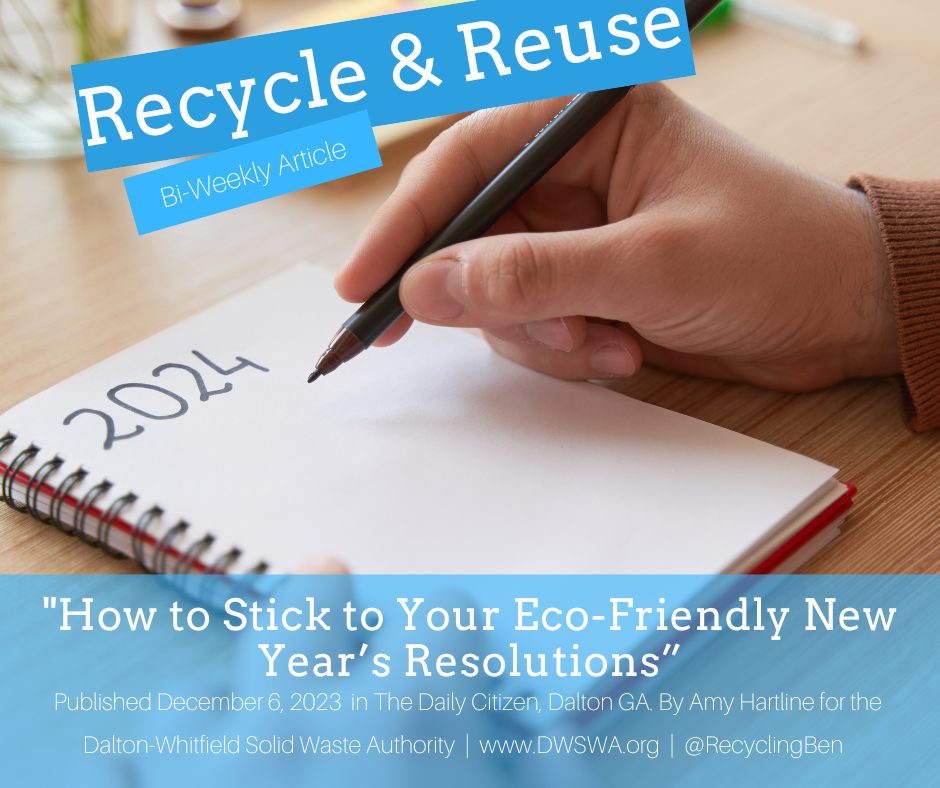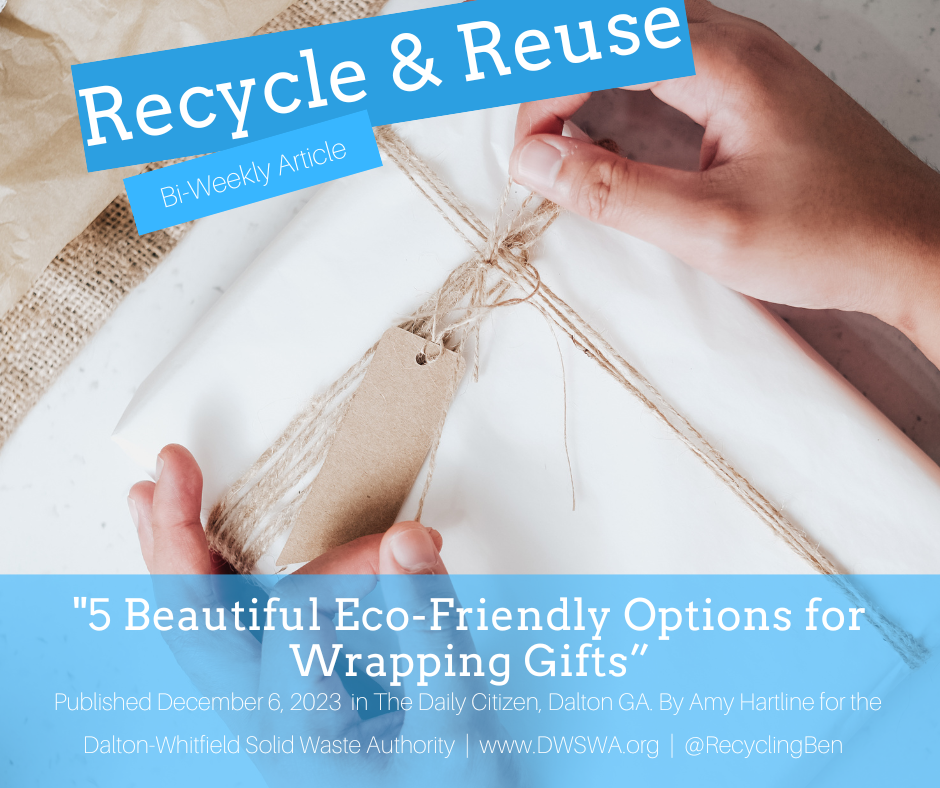Pollinators Play Key Role
/One of every three bites of food we take depend on the work of pollinators like the honey bee. In the US, it’s estimated that the work of pollinating by honey bees, native regional bees, and other insects is valued at $20 billion annually.
The monarch butterfly is one of the many butterflies that help pollinate flowering plants. We can help improve conditions for pollinators by planting plants native to our region, especially those that can provide nectar and food for larva.
The second week of June has been designated as Pollinator Week bringing attention to the benefits of pollinators.
During the month of June, I’ve enjoyed snacking on sweet chunks of cool watermelon. Pollinator Week, which will be taking place next week, reminds us that watermelons are here thanks to the indispensable work of pollinators. Insects and mammals like butterflies, bees, bats, and birds are responsible for pollinating over 1,000 plants worldwide that are grown for food, beverages, fibers, spices, and medicines. Pollinators are often keystone species that our eco-system just can’t do without.
Some of the foods produced with the help of pollinators include apples, strawberries, blueberries, chocolate, melons, peaches, figs, tomatoes, coffee, vanilla, pumpkins, and almonds. On average, one out of every three mouthfuls of food we eat is delivered to us by pollinators. According to the Pollinator Partnership, “In the U.S., the annual benefit of managed honey bees to consumers is estimated at nearly $20 billion. The services provided by native pollinators contribute to the productivity of crops as well as to the survival and reproduction of many native plants.”
Even though pollinators play a key role in the food chain, they are not without their challenges. Honey bees, for example, have been suffering from Colony Collapse Disorder – the sudden die-off of honey bee colonies. This has resulted in the loss of 50% to 90% of managed honey bee colonies in U.S. beekeeping operations during the last decade. The causes of the disorder are not conclusive but could include chemical residues in the hive, pathogens or parasites, and stress from outer sources.
Monarch butterflies have experienced a similar decline, up to 90% in the last decade. Since Monarch butterflies rely exclusively on milkweed plants to lay their eggs, the loss of habitat has been a huge issue. Habitats may change due to overdevelopment of land, insecticide and herbicide use, and drought. Since Monarchs butterflies migrate another issue is the breakup of the habitat and consistent sources of food along their travel route which spans 3,000 miles.
Thankfully, there is a lot we can do to support pollinators during Pollinator Week and beyond. For one, we can reduce our impact on the environment by reducing pollution of land, air, and water. Reducing or eliminating pesticide use, and using only products that are safe for pollinators can also help maintain the health of all kinds of pollinator species. Probably one the best actions we can take is restoring habitat spaces in our own backyard.
The Pollinator Partnership invites us to plant for pollinators by creating “pollinator-friendly habitat with native flowering plants that supply pollinators with nectar, pollen, and homes.” To help us do so they provide free planting guides on their website, www.pollinator.org, with step by step instructions for growing a pollinator-friendly garden. The one for our region is the Southeastern Mixed Forest Province.
Monarchs Across Georgia, at www.monarchsacrossga.org, also provides similar planting guides specific to the state.
Begin by designing your garden so there are flowering plants available from spring to fall. Choose a diverse range of plants, trees, and shrubs native to the region which are typically more resilient and are non-invasive. Plants that are pollinator friendly include trees like the Redbud, and Persimmon; and perennials flowers like Eastern Swamp Milkweed, Wild Petunia, Lobed Coreopsis; and vines like Passion Flower. Several of the plants like milkweed and golden aster do double duty by being both a food source and a host plant.
If you want to attract a particular pollinator, like butterflies, choose flowering plants that are bright in the red and purple color range. Also, include host plants where they can lay eggs, and the larva can eat. Bumblebees are attracted to lavender, impatiens, and flowering tomato plants. Once the food and host plants are taken care of you can add a water source and even a nesting box. The more habitat spaces are restored, the better off pollinators will be.


































